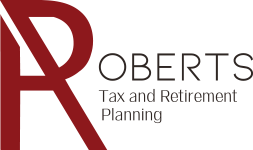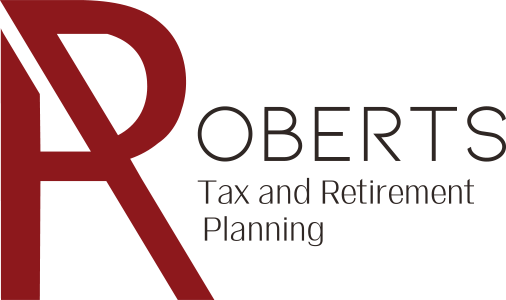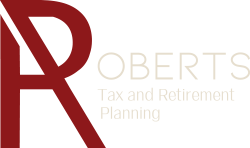The conventional wisdom for tapping resources in retirement is that pools of money should be used in the following order; 1) Non-tax advantaged accounts, 2) Tax deferred accounts (Conventional 401k and IRA), 3) Tax free accounts (Roth). The goal of this order is to maximize the tax benefit to the retiree and to any heirs.
In general, this is a sensible approach and will work for many. However, when tax deferred balances become large, Minimum Required Distributions (MRD) may make a slight modification of this approach worthwhile. While there is no set number that defines “large”, individuals with tax deferred account balances greater than half a million dollars may benefit from a detailed draw down strategy.
The concern is that a high balance in a tax deferred account will trigger large MRDs, which are taxed at ordinary income rates. For high net worth retirees, tax rates after 70½ may be as high as during working years. A secondary effect is that MRDs in excess of living expenses leave funds to save or invest, leading to additional tax implications.
Strategies exist which can reduce this perverse impact. For example, withdrawing modest amount from tax deferred account earlier in retirement might (or might not) be a solution. Changing 401k contribution to a Roth option in late working years might (or might not) be another solution.
Each situation is unique and is dependent on several factors including, family composition and needs, expected life span, social security benefits, investment risk tolerance, and others. Early planning provides more options and time to successfully manage this issue. Please contact us, if you would like to discuss a drawn down suited to your situation.






